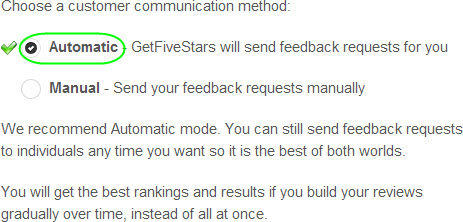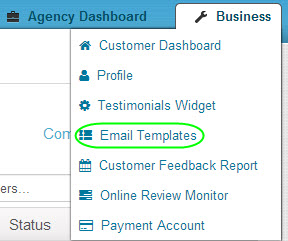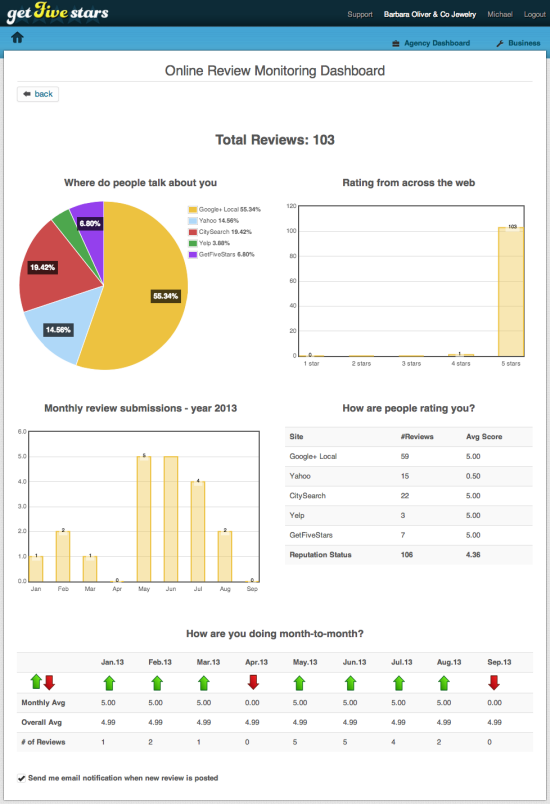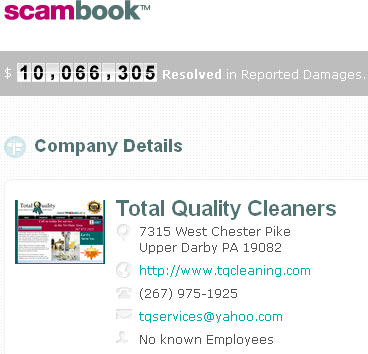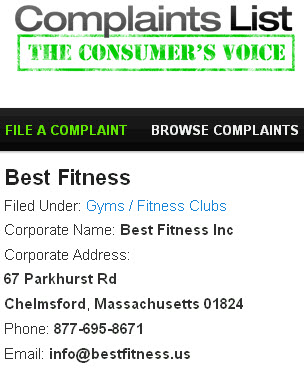It’s tempting to sign up for a “reputation-management” or “review-generation” product and let it pester all your customers for a review – so you don’t have to take the time (or forget) to do it personally.
Resist the temptation. At least until you’ve worked out more manually a review-encouragement strategy that works OK. Otherwise all you’ll do is automate failure.
My advice might be different if review-encouragement software was a surefire way to get you 80% of the great reviews you could get with a more-hands-on method, but with only 20% of the time and effort. But in my experience it doesn’t do that, at least right out of the box. (If you’ve worked out a method that works well without the software, maybe you can get to that 80/20 payoff zone.)
A mediocre-to-OK review strategy is simple to execute: just “do a good job” and ask customers to review you if they’re happy, and contact you first if they’re not. Where it gets trickier is if you want more than just a trickle of reviews, and on sites that really matter.
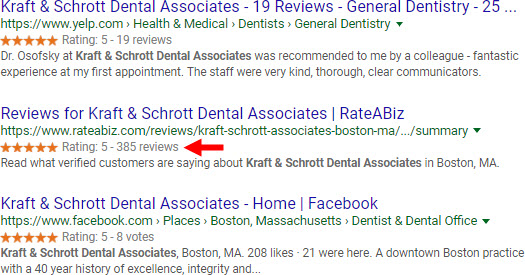
Most automated review-encouragement programs clear only the lower bar. They require only you to upload people’s email addresses, customize the email that goes out automatically, maybe tweak some settings, and keep a credit card on-file. A great review strategy – one that gets the greatest number of happy customers to write the best reviews they can – takes a little more than that.
I don’t want to name specific products, if I can avoid it. But maybe it’s better that way, because there are a million tools that claim to be your one-stop reviews solution. It’s likely you’ve used or considered at least one such tool, or you probably wouldn’t be reading this.
Some are near-useless, in that most of the “reviews” are in fact testimonials that just molder on the software company’s site (e.g. Demandforce.com), rather than reviews on Google Maps or Yelp or Facebook or Angie’s List or other sites people notice and maybe care about. I’m not even talking about that kind of service here. Rather, I want to give cautionary advice about programs that actually try to encourage reviews on third-party review sites. Seldom are they as effective as you and I would like.
“But Phil, the Big Ugly Corporation I just bought a new refrigerator from just sent me an auto-email to ask for a review, and they have hundreds of reviews from customers. It seems to work fine for them!”
Maybe, but Big Ugly Corporation also has tens of thousands of customers more than you have – and many more opportunities to waste in asking for reviews ineffectively. 200 reviews? That’s still an awful batting average. If you want to do a little better than 1 for 20, you can’t simply rely on a program.
Why? Here are the biggest problems with review-encouragement software:
- If your email or overall strategy isn’t battle-tested, you may burn through all your customers and have little to show for it. What if your review-management software sounds out all the emails – just as it should – and you don’t get any reviews? Maybe everyone ignores the email, or it goes out at a bad hour, or the links are broken, or there are customer-service issues to sort out first. You can ask everyone another time, but after that you become a nuisance. Don’t entrust software with the goodwill you’ve taken years to earn. Put it through a few bird-strike tests first.
- You can’t personalize an automated request to a reviewer’s unique situation. Long-time customer? Super happy customer? Did he have privacy concerns? Is she an “Elite” Yelper? A one-size-fits-all email won’t acknowledge specifics, and probably won’t accomplish all it could.
- The auto-email will seem cold if it’s the first or only time you ask for a review. The recipient will wonder, “Gee, I was just in your office – why didn’t you ask me then?” Ask in-person first, if possible. At least plant the seed of the idea, get a sense of who’s happy (and who’s not), and maybe get a tacit “yes.” That way, even an auto-email won’t seem to come out of the blue, and any follow-up is more likely to work.
- It’s harder to sniff out who’s unhappy. The auto-email will go to everyone, or to large groups of people at a time.
- Weak writing may undo you. Think of how you’d ask a customer, client, or patient face-to-face for a review. Is that how you’d write your automated email? Probably not. In-person you’d care about the timing, and be polite, but also get to the point. In an email you’re more likely sound stuffy or generic, or to beat around the bush. Most people are better writers when they speak than when they write. Too many business owners use automated outreach tools precisely because they don’t want to ask for reviews in-person. Often I find that’s because they haven’t figured out exactly what or how to ask. First figure out how you’d articulate an in-person request, write the email like that, see how it performs, and then automate it if you must. Not the other way around.
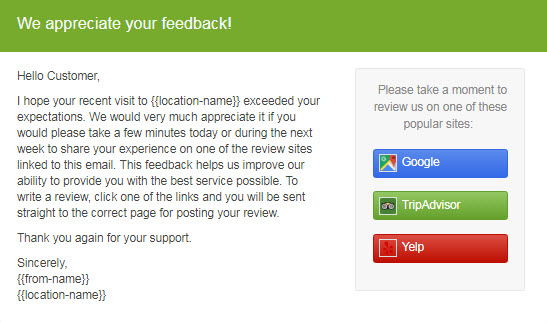
- Your auto-email won’t acknowledge people who already reviewed you. That will irk them, and you’ll miss the opportunity to ask, “We’re so crazy about the great review you left us on Review Site A that I’ve just got to ask: could you also review us on Review Site B?”
- Timing may be trickier. You have a sense of what are good times and bad times to ask customers/clients/patients for a review. Outreach software only gives you so much control over when the requests go out.
- Follow-up may be trickier. What if you want to send a follow-up email to some customers after a week, and to other customers after three weeks? Or if they contact you with customer-service issues to sort out, will your program still email them a second time – before you’ve worked out the issue? Maybe you end up choosing not to use the program’s follow-up feature, but if you do use it, it’ll probably complicate your job.
- It’s harder to approach touchy situations. People with privacy concerns you might want to direct to anonymous review sites. Others may be willing to write you a great review, but would want to keep it vague. Some people may not make ideal reviewers after all. And so on. You’re nimbler than the program is.
- You’ll probably treat it as a one-stop solution. The makers of the software market it as such. They’ll tell you that all you need to do is flick it on and watch the reviews whoosh in. You hope that’s how it works out, so you give it a try and don’t bother to do the other things you need to do (e.g. ask customers in-person first).
- You’ll probably treat it as a “set it and forget it” solution. You chose the outreach tool because it’s easy. How likely are you to go in often and update the infernal thing?
- It’s a missed opportunity to learn more about your would-be reviewers. You have to think about, customize, write, and send 100 emails in a month? Yeah, that’s work. But what a great way to interact with and get to know your customers. What a missed opportunity if you don’t bother.
- You miss out on the satisfaction of asking for reviews and getting great ones – or of dodging bullets to your reputation

So review-encouragement software isn’t a surefire way to rack up 5-star reviews. What do I suggest you do instead?
Do MANUAL email outreach, at least for a while. One email at a time. One person at a time.
Try a simple process that works for you, even if takes more time or effort than you’d like. Tweak it as needed until it works pretty well. Then try to make it easier if you want.
At that point, automated review-encouragement software might actually help. You might try Whitespark’s Reputation Builder, or GetFiveStars, or Grade.us, for example. Whatever you use, hold it to high standards. Make sure it brings in almost as many good reviews as you can do with your finest hands-on outreach effort. Continue to ask in-person first (if possible), and send some requests personally every now and then, and always try new things that you might work into the program you use.
What’s worked for you? What hasn’t worked? Leave a comment!



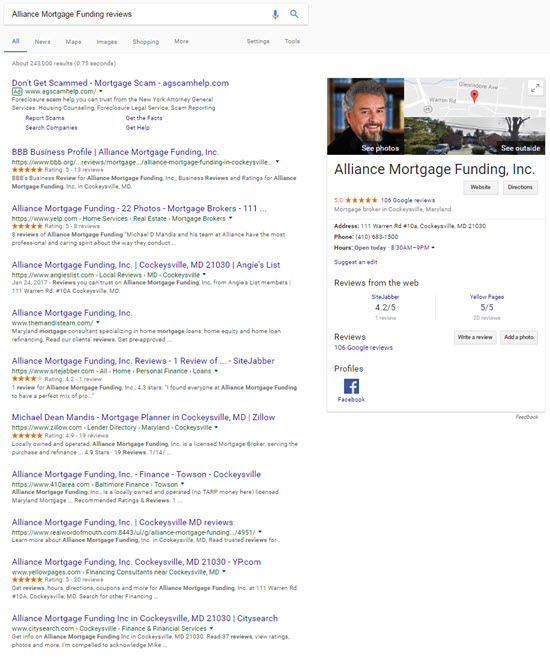

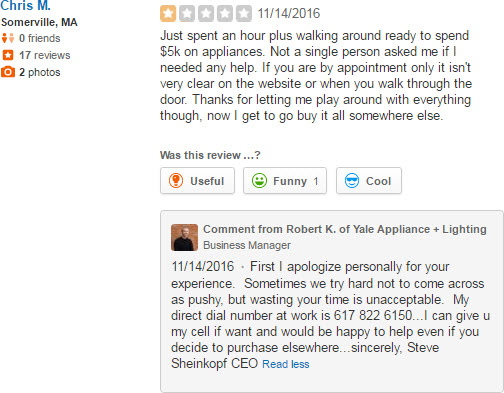
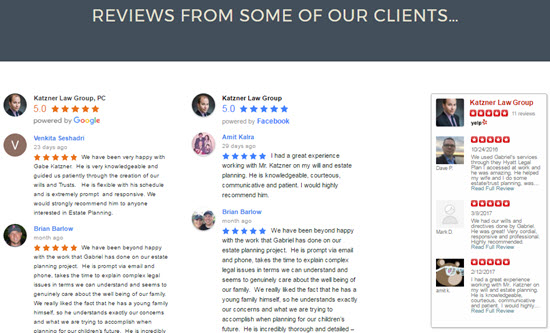
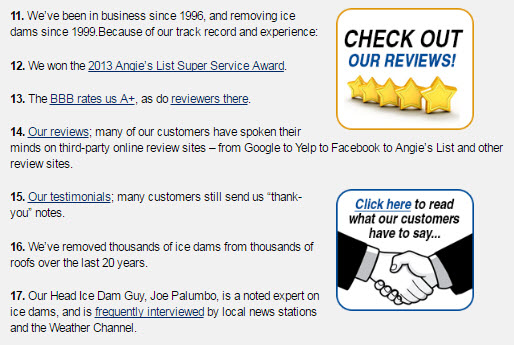
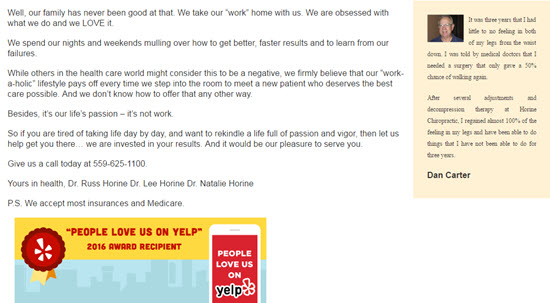
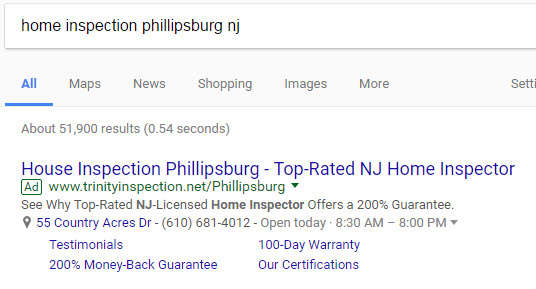



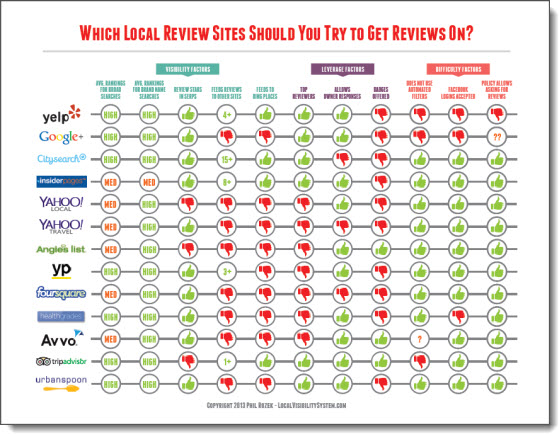
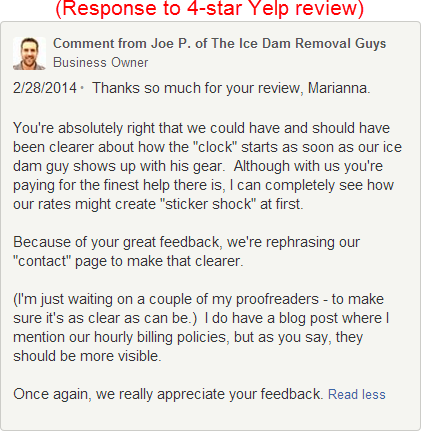
 Don Campbell is a smart guy – and busy. For at least as long as I’ve been in “local,” his company –
Don Campbell is a smart guy – and busy. For at least as long as I’ve been in “local,” his company –  Phil: I know
Phil: I know 